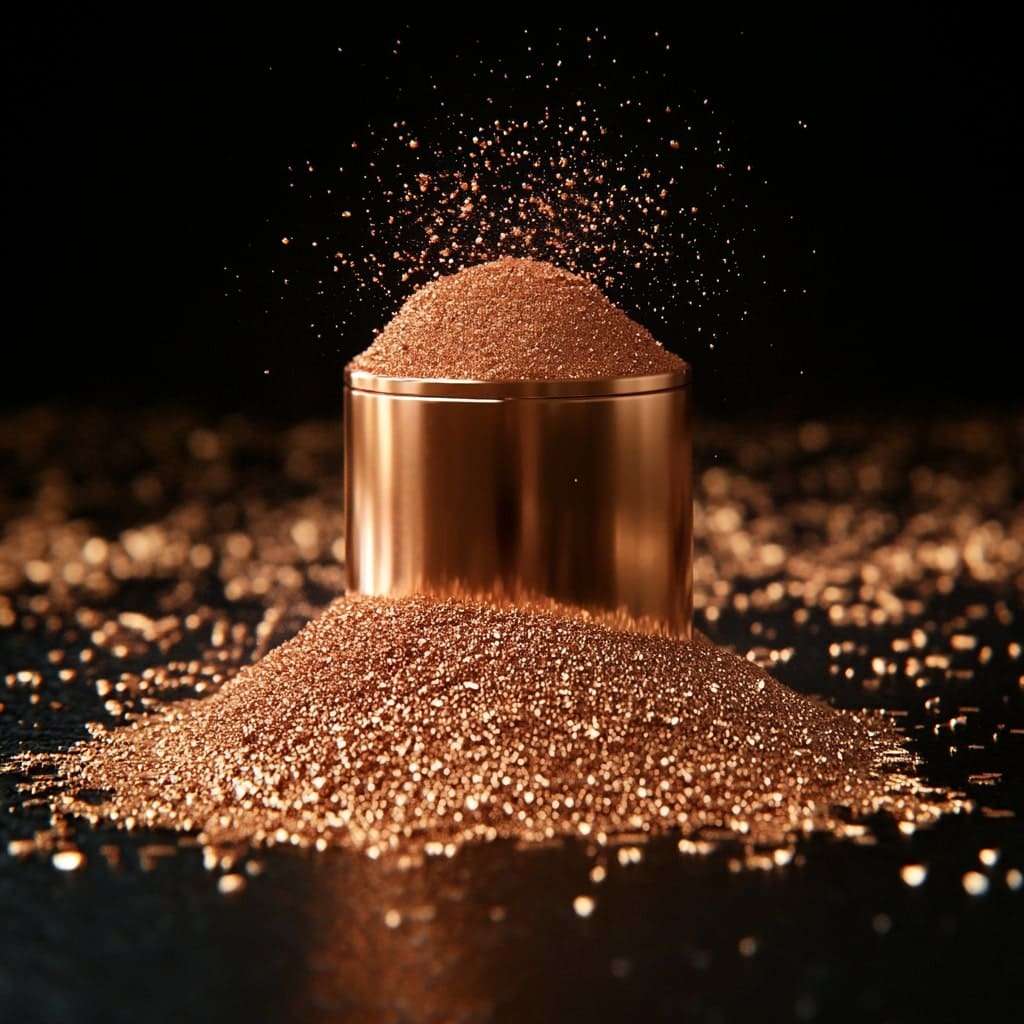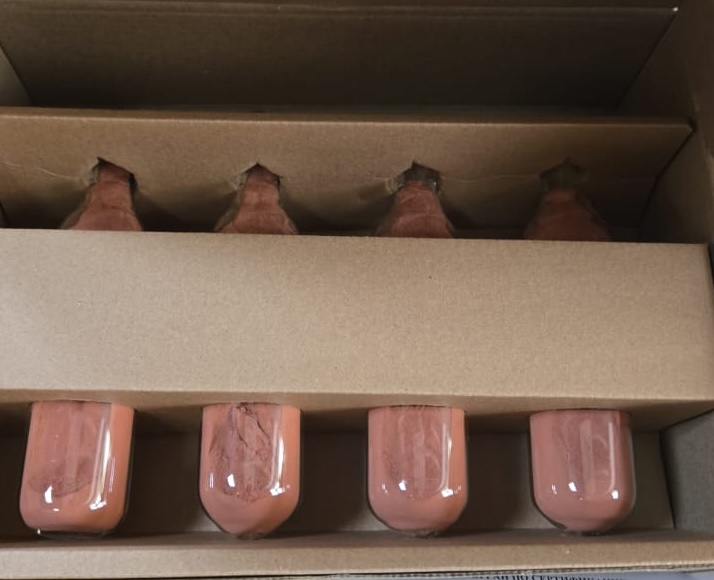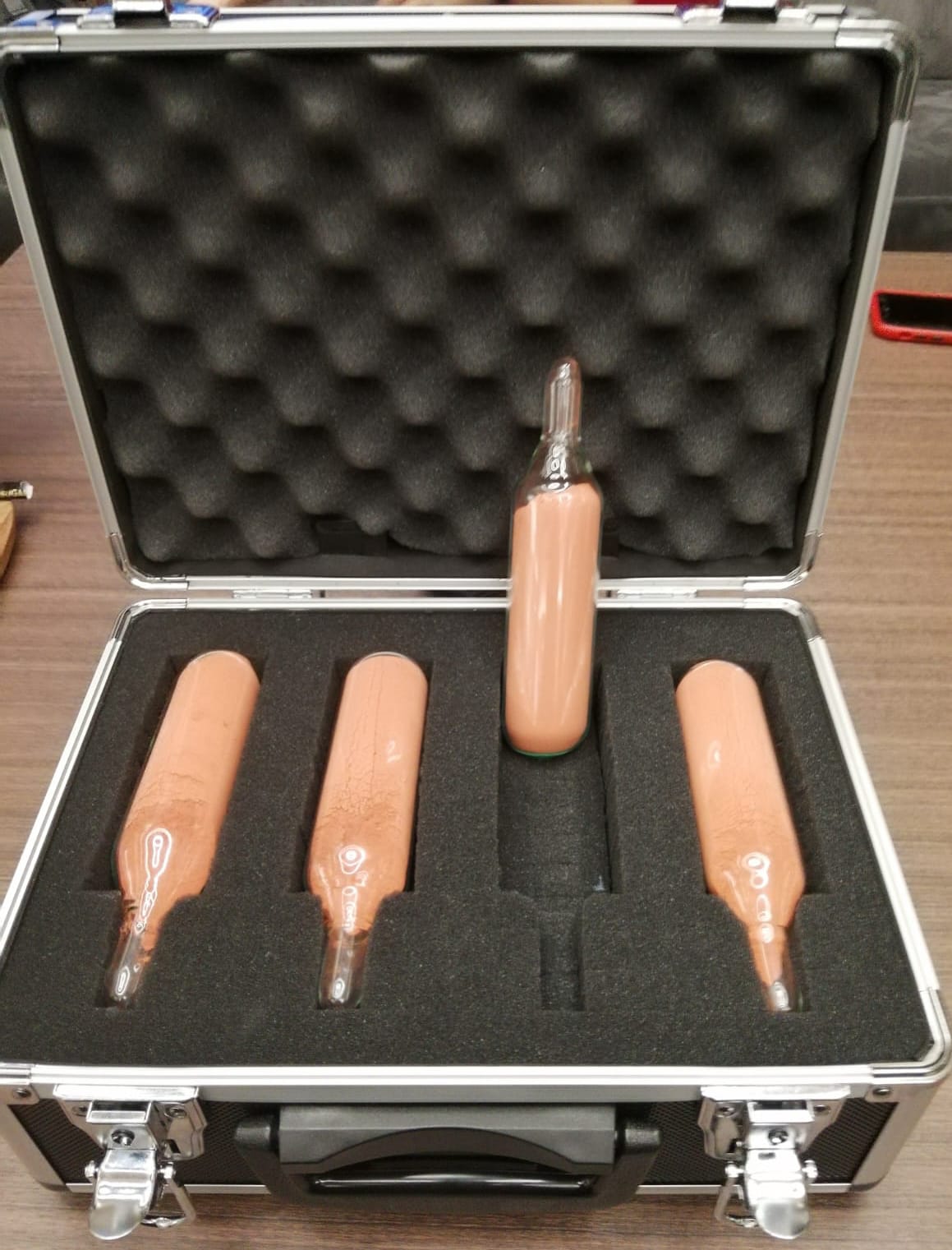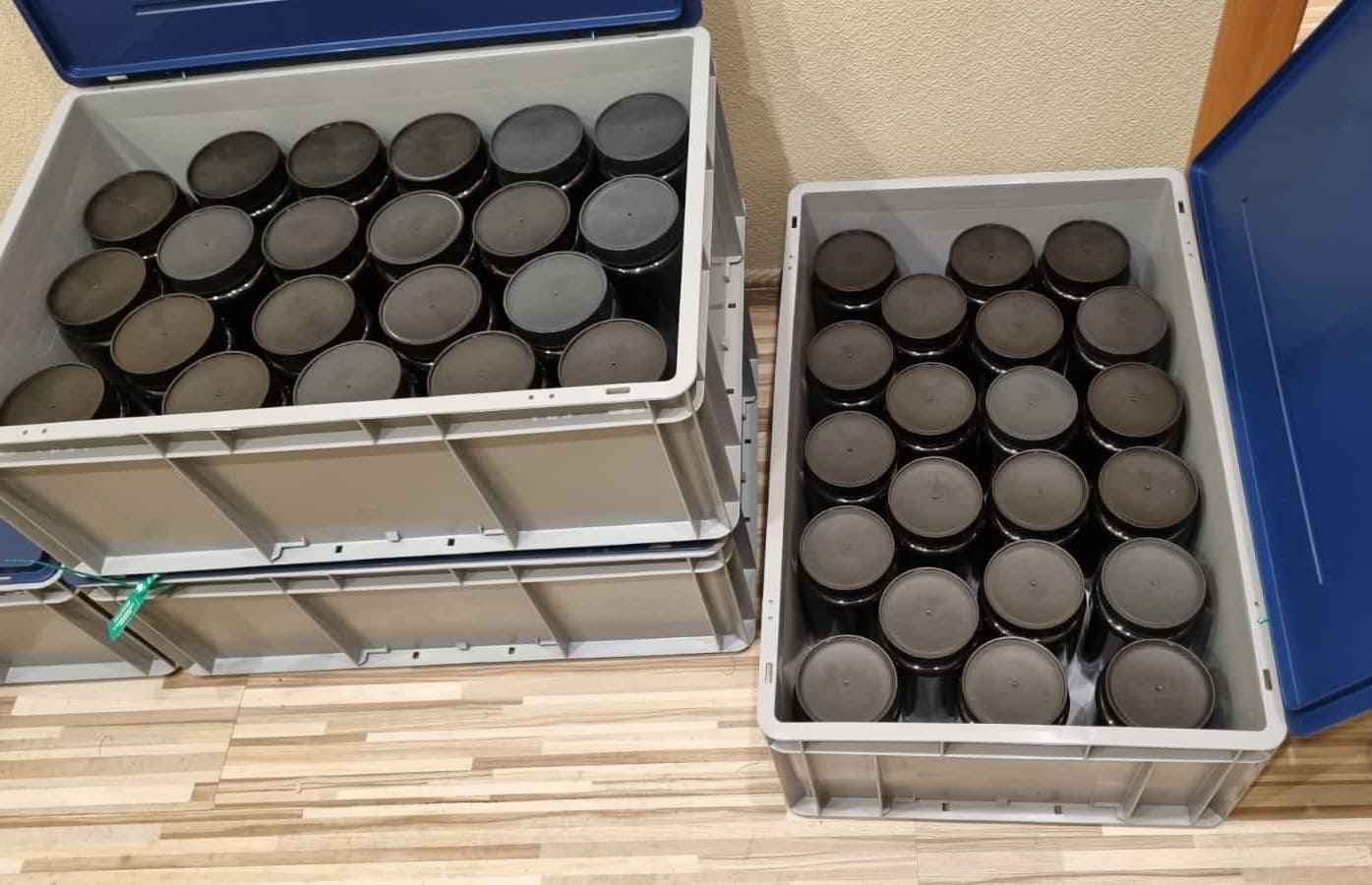
6N Copper Nanopowder
Ultradispersed Ultrafine Copper Powder (5N/99.999% & 6N/99.9999% – Oxygen-Free)
Securely sealed under argon in glass ampoules or PET containers for maximum stability.
Product Gallery
Product Details
Real FAQs
Yes, trial orders are available for most products, excluding custom-engineered alloys. Please select the “Trial quantity required” option when submitting your RFQ form.
Lead times vary depending on the type of order. Below is an overview of typical processing and delivery times for our main order categories:
- Trial batch orders are typically dispatched within 5 business days from the date of payment receipt.
- Ultra high-purity metals purchase orders are fulfilled within 7–14 business days from the date of advance payment under the main agreement, depending on quantity and destination.
- Custom alloy wire manufacturing orders include a development phase and are scheduled individually based on product complexity, specification, and volume.
Lead time for each custom alloy wire contract is determined jointly with the client and includes both production and quality assurance stages.
Yes, we can arrange logistics and deliver to any international airport specified by the buyer.
Our order processing follows a structured and transparent workflow aligned with Incoterms 2020 practices:
- Client: submits an LOI (Letter of Intent) or RFQ form to Pure Metals.
- Jointly: we clarify and confirm all technical and commercial details of the LOI/RFQ.
- Pure Metals: issues an FCO (Full Corporate Offer). We intentionally skip SCO (Soft Corporate Offer) to streamline the process.
- Client: confirms the FCO and provides proof of funds (BCL or equivalent banking document).
- Optionally: a trial quantity shipment may be arranged under an accelerated procedure, based on a simplified standalone agreement. Upon receipt, the client confirms that the product quality meets the required specifications.
- Pure Metals: drafts the contract and coordinates revisions with the client.
- Both parties: sign the final contract.
- Client: makes a partial advance payment — typically 25% of the total value of the initial product batch.
- Pure Metals: dispatches the goods and provides the transport documentation to the client.
- Client: completes final payment and receives the goods at the destination in accordance with the transport documentation and agreed delivery terms.
Absolutely. Once your RFQ or LOI is agreed upon and the FCO is signed, we’d be happy to arrange a visit to one of our warehouses that best suits your order specifics. If needed, we can also organize self-pickup of your order from the warehouse under the appropriate Incoterms 2020, making the process as smooth and convenient for you as possible.
Yes, we assist with all necessary documentation to help streamline logistics, compliance, and customs clearance — regardless of the products combination or technical specifications in your order.
Yes, every delivery includes a lab certificate to verify product purity and ensure batch-to-batch consistency.
Other Products
Ultra High-Purity Copper: Material Profile
Ultrafine high-purity copper powder is a specialized form of transition metal copper, engineered at micro and nanoscale levels to meet the most demanding performance requirements. As a transition element, copper possesses an incomplete d-electron shell, enabling it to exhibit multiple oxidation states — primarily Cu⁺ and Cu²⁺. The metal has a melting point of 1083 °C, a boiling point of 2600 °C, and a vapor pressure of 8.6 × 10⁻⁵ mm Hg at 1000 °C.
What sets ultrafine high-purity copper powder apart is its exceptionally high electrical resistivity (1.68 μΩ·cm) and outstanding thermal conductivity (0.941 cal/cm·°C·s), characteristics that are critical in high-end electronics, photonics, and precision manufacturing. The ultrafine particle structure, combined with a purity level of 5N (99.999%) or higher, makes this material ideal for applications where conductivity, heat transfer, and material integrity must not be compromised.
Performance of ultrafine high-purity copper powder is directly influenced by the presence of impurities. Even minimal traces of elements like oxygen, chromium, vanadium, manganese, titanium, zirconium, or niobium can significantly reduce the material’s conductive efficiency. This is why tight control of composition and oxygen content is essential during production, particularly for use in microelectronics, vacuum devices, energy systems, and other high-tech applications.
Product Form and Handling
Ultrafine high-purity copper powder is supplied as a finely dispersed metallic powder, typically featuring a controlled spherical or dendritic particle morphology and grain size in the micrometer or sub-micrometer range. Engineered for uniform dispersion, high surface area, and predictable sintering behavior, this form factor is ideal for advanced applications such as powder metallurgy, additive manufacturing, microelectronics, and catalysis.
Unlike solid copper forms, ultrafine high-purity copper powder requires careful handling and packaging. Each batch is sealed under inert conditions — typically in glass ampoules, vacuum-tight containers, or protective polymer-based packaging — to eliminate contamination risks and preserve purity during storage and international transit. This ensures the powder remains free from oxidation, moisture uptake, and particulate interference, maintaining its performance-critical characteristics across the entire supply chain.
Applications of Ultra High-Purity Copper (5N–6N)
Ultrafine high-purity copper powder — prized for its outstanding electrical conductivity, thermal efficiency, and chemical stability — plays a foundational role in modern high-performance industries. With a purity of 99.999% (5N) and above, it is engineered for applications where conventional-grade materials are insufficient. Key application areas include:








